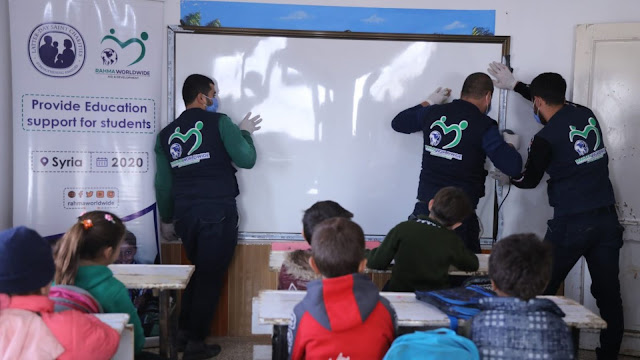Introduction
Access to clean, affordable, and safe water for drinking is a fundamental human right recognized by the United Nations. However, this elixir of life has yet to be universal in Africa, with 1 in 3 Africans facing water shortage and approximately 400 million people in sub-Saharan Africa lacking access to drinking water.
Access to water remains a widespread development issue across the continent, and addressing poor management of water resources and services is essential to tackle Africa’s water crisis.
While attaining safe, clean drinking water in Africa is challenging; it is not impossible. There are various sustainable clean water solutions to provide African families access to safe water.
Here we will discuss a few efficient ways to get clean water in Africa, including building and rehabilitating old water wells and how you can donate to the cause.
Efficient Ways to Get Clean Water
Protect Natural Springs
Natural spring water has been used for decades as a water supply. However, if a spring is not adequately protected, it risks contamination, making the water unfit for drinking. There is a need to protect spring water systems to supply clean and safe water to the community. It is done by constructing a spring box or house around the spring, as it helps keep out animals, leaves, and debris. The water from the spring is then piped to a holding tank.
However, the water source may be easily tampered with, and to mitigate the issue, the protective owner must ensure that it is covered around the clock to keep the
water safe and clean.
Build New Wells
Building new water wells is one of the most effective ways to get clean water in Africa. While one of the simplest methods involves hand-digging wells, this is a risky option due to the dangers involved in construction. Also, if left uncovered, these wells can quickly become contaminated, leading to water-borne illness. To resolve the issue, shallow wells (lower in depth) are built as they provide clean water at a low cost and are safer. Shallow wells can be created using a simple “small-rig” machine that can dig up to 150 to 200 feet. The cost to build water
wells in Africa is approximately USD 8,000. Additionally, provide sanitation and hygiene training to people to minimize the risk of contamination. Each well can serve about 2,000 people and generally lasts up to 20 years if maintained properly.
Install Sand Dams
Sand dams are a low-maintenance and low-cost solution to get clean water in Africa. A sand dam is a reinforced cement wall built across a sand river, and the dam traps sand from the flood water and stores clean water in the soil. It makes for a semi-reliable option for water conservation in dry environments. A mature sand dam can store millions of liters of water – refilling after each rainfall and providing hundreds of people with a year-round clean water supply. Additionally, sand dams can provide enough water for tree planting and vegetable nurseries.
Rehabilitate Old Wells
Many communities in South Africa can receive clean water by rehabilitating old water wells. Fixing old wells can help address water, hygiene, and sanitation issues often linked to illness and disease. There are various ways to rehabilitate water wells in Africa, such as building a wall around the top with a reinforced concrete drainage apron that prevents surface water from running into the well.
How You Can Get Involved
The African water crisis affects millions across urban and rural communities. Lack of education, awareness, and limited access to resources make it difficult for many African villages to find sustainable methods to get clean and safe drinking water. Fortunately, many charities and organizations backed by generous donors are doing their part to end African water scarcity. The Rahma Worldwide Aid and Development is one among them. It is one of the best charity organizations in the USA that works to provide access to safe drinking water in Africa. However, they need your help to stay up-to-date with their drive. So, if you want to volunteer or donate to the cause, please visit website
.png)


Comments
Post a Comment